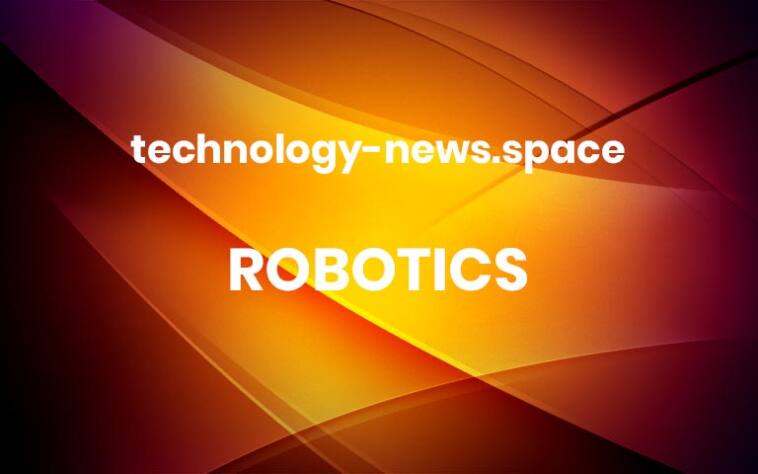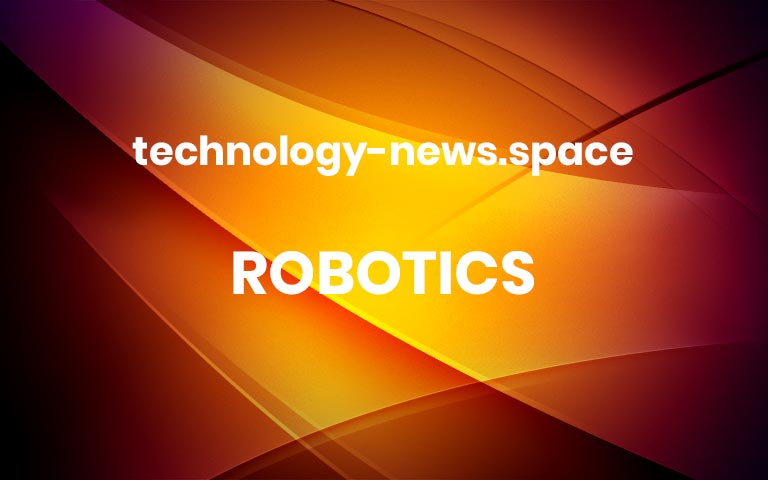Screenshot by Jack Wallen/ZDNETI didn’t think the world needed yet another web browser. However, when I considered the potential, a few issues bubbled to the surface.Also: I speed-tested 11 browsers – and the fastest might surprise youSome web browsers were created by companies with the hope of monetizing anything and everything. From search deals with Google and crypto-mining ads to sponsored content and just about every other way they can make a buck off your browsing. After mulling over those thoughts, I realized that, yes, the world could use another web browser, one that doesn’t place so much importance on monetization.That’s where Ladybird comes into play. Ladybird is an independent project to create a web browser with a new engine that is strictly based on web standards and will never include any monetization. In other words, this project is about the web browser and nothing else. That approach sounds promising, especially with many browsers created as a means to a profitable end.Also: Why I’m deleting Firefox for good – and which browser’s never let me downLadybird was first announced on July 1, 2024, when Chris Wanstrath wrote in this blog post: “Today, every major browser engine is open source, which is wonderful, but there’s still one issue: they’re all funded by Google’s advertising empire. Chrome, Edge, Brave, Arc, and Opera all use Google’s Chromium. Apple receives billions to make Google the default search engine in Safari, and Firefox has a similar deal where they receive hundreds of millions each year.”I like the cut of that jib. However, before you get too excited, Ladybird is still in early development. Although the developers intend to support Linux, MacOS, and Windows, there are no binary installers. In fact, the only way to install Ladybird is by building the source, and that process is no walk in the park, taking up to two hours to complete (I’ll demonstrate the steps I had to take to get the browser running on Ubuntu Linux). When you do get Ladybird built, what you’ll see is a bare-bones browser, and you might think, “I spent two hours for that?”Also: 5 great Chrome browser alternatives that put your privacy firstRegardless of its current state, the Ladybird project sounds very promising. From my perspective, it will be nice to have an independent web browser that doesn’t focus on monetization and actually adheres to standards.If that approach has piqued your interest, let me walk you through the steps for installing Ladybird. More



